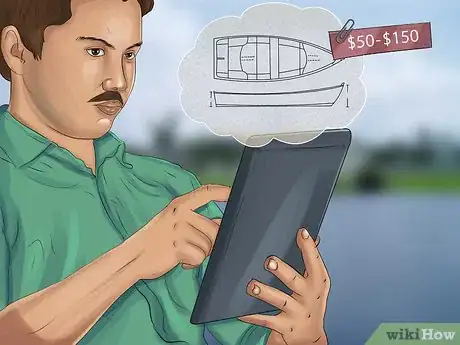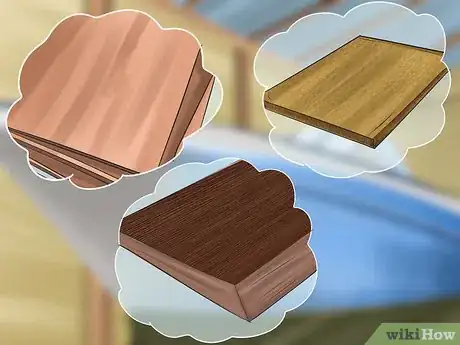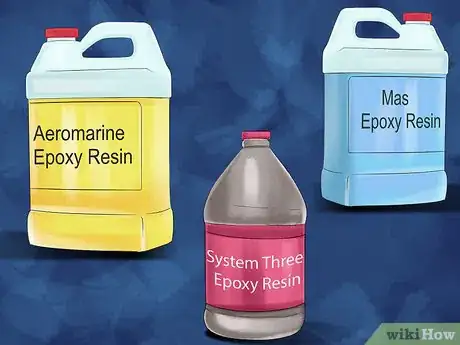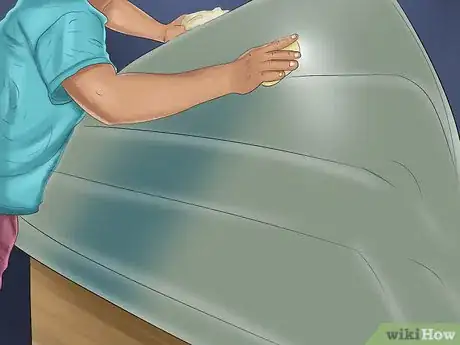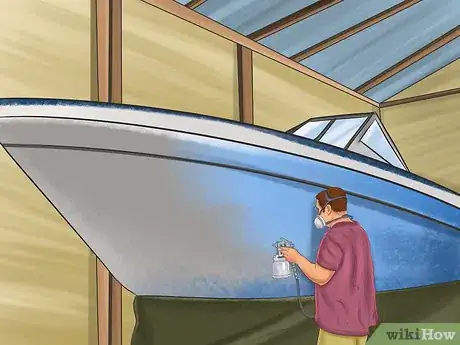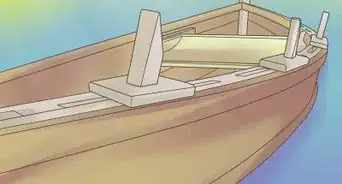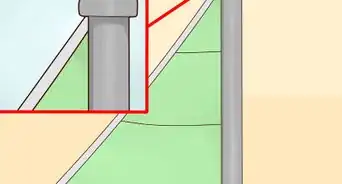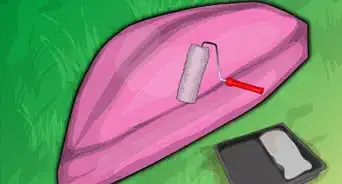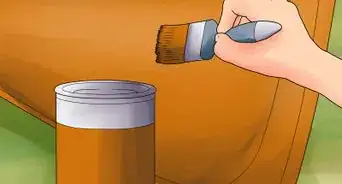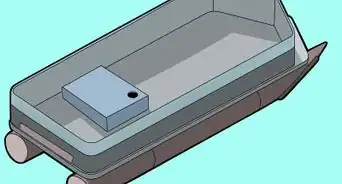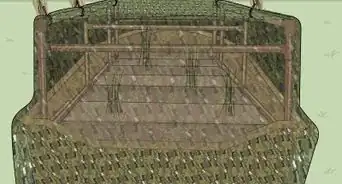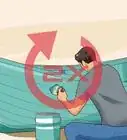X
wikiHow is a “wiki,” similar to Wikipedia, which means that many of our articles are co-written by multiple authors. To create this article, 11 people, some anonymous, worked to edit and improve it over time.
This article has been viewed 73,401 times.
Learn more...
Building your own plywood (stitch and glue) boat is a low cost and light weight alternative to spending $10,000+ on an expensive commercially built boat that is difficult to trailer, very heavy, and guzzles gas. Online research, low-cost study plans, and talking to someone who has built their own boat, will help you decide which boat is best for you.
Steps
-
1Decide which body of water you will be using the boat on. Then choose an appropriate boat design for this body of water. You will never have a boat that will do everything, so don't even try. Don't build a 24' Tolman Alaskan Skiff expecting to use it on a small lake, Midwest river, or pond. On the other hand, taking your 12' rowboat 10 miles (16 km) out in the Gulf of Mexico is probably not the best idea either!
-
2Buy plans from a reputable boat designer. Sorry to inform you, but free boat plans are just that...free. You get what you pay for, so if you want general information, sixty year old, antiquated, difficult-to-read, boat plans then by all means download the freebies that are so prevalent on the internet, but spend the $50-$150 for good plans and you will be very glad you did. It will save you money in the long run.[1]Advertisement
-
3Buy quality materials. A plywood boat can be beautiful if built, finished, and painted correctly. Using cheap materials will result in poor performance and could be dangerous to your health, depending on which body of water you are using your boat, how far from land you are, and how well you sealed your hull!
-
4Use marine grade plywood (fir, meranti, okoume). It has no voids and will not de-laminate. It will also use much less epoxy resin as it won't have voids that are common to many cheaper residential construction-grade plywood.[2]
-
5Use a quality Epoxy Resin. Some good brands are Aeromarine, System Three, West Marine,[3] and Mas. The boat designer should include the amount of epoxy needed to build the boat design you choose in his/her plans. Also, buying 5–15 gallon (18.9–56.8 L) kits is the best way to save money. If you are building a larger boat you may be able to have your epoxy supplier drop ship your epoxy on a pallet to save you money on shipping.
-
6Learn how to lay fiberglass cloth. Sorry to those of you who thought you wouldn't have to fiberglass your boat, but the truth is 99% of good plywood boat designs are covered in fiberglass.[4]
- YouTube has many good how-to lay fiberglass videos; however finding someone local who lays fiberglass is the best way to get some hands on training. There are dozens of good marine supply stores online that will sell you a quality fiberglass and your boat plans should have the amount (length in yards) and weight (ounces) of cloth you will use on your boat.
-
7Give your boat a nice finish. Of course, some of you won't care, but if you want to hear the oohs and aahs at the dock or launch giving your boat a nice finish with marine paint is the key to the longevity of your fiberglass work and the appearance of your boat. Fairing (smoothing and filling your fiberglass cloth grid...think Bondo on a car) and sanding are key to a beautiful show quality finish, but may not be necessary for a work boat in the bayou.[5]
-
8Use your boat, a lot!
Advertisement
Warnings
- This information is only that a quick overview of boat-building and not in-depth Coast Guard approved advice.⧼thumbs_response⧽
Advertisement
Things You'll Need
- Skilsaw w/a good blade
- 5' orbital sander
- Belt sander
- Various knives
- Scissors
- Bristle brushes
- Mixing cups
- Zip ties
- Sandpaper
- Any other items in your boat plans
References
About This Article
Advertisement

